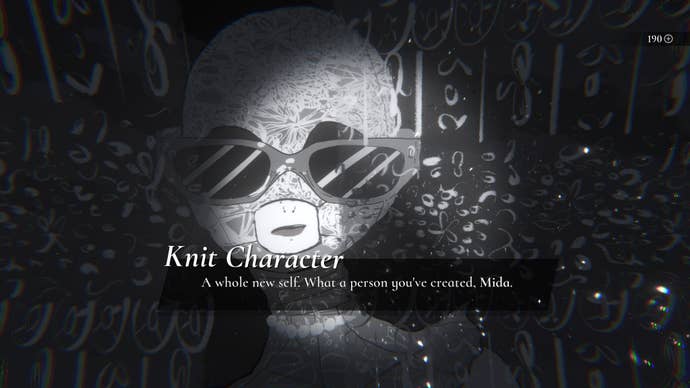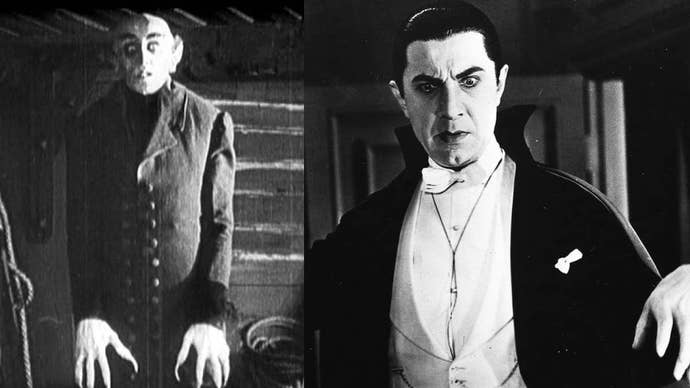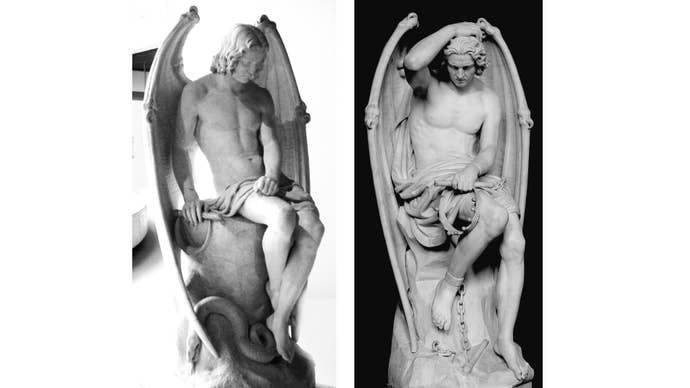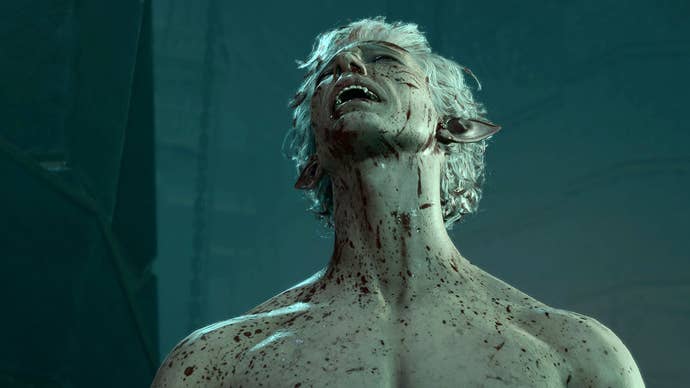Today, Sharang Biswas explores the allure of the monstrous, from Mediterranea Inferno toBaldur’s Gate 3.
This wasn’t a wholly unexpected response.
The queer attraction to monstrosity has long been a recurring topic of academic discourse.

The shadowyBabadookand murderous clownPennywise, for example, both briefly enjoyed the status of queer icons.
I’d like to go further.
Thus the era of thefuckablemonster.

But what do we mean by monsters?
Often that starts with our feelings about ourselves.
To fuck monsters then, is perhaps to let out a bit of our own darkness.

Some games have explored the implications of queerness and monster fucking in a more literal sense.
To fuck a monster, thus, is to resist.
Even early in our literary history, monsters have been used as stand-ins for sexual difference or repression.

You thought I invoked Orlok and Dracula just for kicks?
Vampires, particularly, are part of a long history of depicting monstrosity as beautiful and sexually appealing.
Perhaps the most hilarious example of this is what’s sometimes known as “Sexy Satan”.
After all, if he’s supposed to represent temptation, shouldn’t he look, well, tempting?
Nearly 200 years later, games of all types continue to explore the beguilingly sexy nature of monstrosity.
The mermaid Miranda, for instance, is a wannabe genocidal dictator.
Damien the demon is a sadistic pyromaniac.
And then there’s Dungeons & Dragons, the game in which the “can I seduce it?”
nature of its players is notorious.
As a German Expressionist film, Nosferatu was condemned by the Nazis as “degenerate” art.
So I say yes, bring on the monster fucking!
Let queers explore their anxieties, their transgressive desires, and their weird joie de vivre through unbounded sex.
Let us love our monsters!